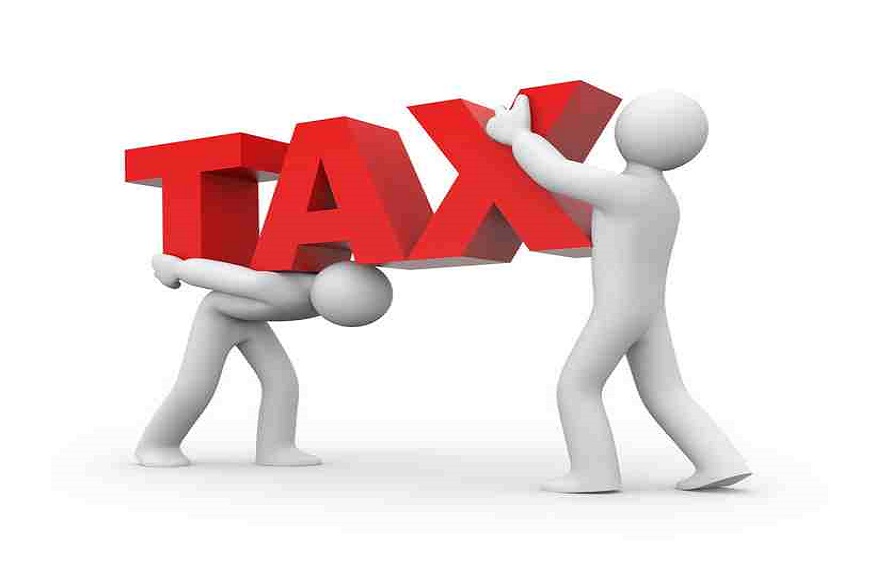Many taxpayers welcome the entry into force of withholding tax. The tax adapts better to variations in income and many of them, paid monthly in the past, are already used to paying throughout the year.
As for those who remained subject to the old third-party payment system, they are no longer forced to fund to face painful tax bills. But like every coin has its flip side, a number of taxpayers feel they are paying more. Is it just an impression?
1 .Tax reductions are not taken into account in calculating the rate
In the formula for calculating the rate of levy to the source , the reductions or tax credits are not taken into account. Therefore, if these tax exemption strategies greatly help reduce the amount of your income tax, it is logical that the monthly payments are higher. Of course, the tax credits and reduction will ultimately be returned to the taxpayer in January and / or September, but the feeling will be that of being taxed more.
In addition, you now pay the tax 12 months out of 12 whereas in the old monthly payment system the tax was levied over 10 months giving you the (false) impression of being exempt in November and December. For those who are preparing for the CPA Exam, these CPA exam resources could boost your chances of passing the CPA Exam.
2. Taxable income is higher than income received
It’s quite strange, but the withholding tax is an opportunity to become aware of it. In France, it is possible to be taxed on sums that have never been collected. We are of course taxed on net income and not on gross income. In other words, before applying the tax, we deduct social charges. But not all of the CSG and CRDS, which nevertheless cut off salaries because social contributions are not fully deductible.
For example, for earned income, the CSG rate deductible from taxable income is 6.8% while you are deducted for this purpose 9.20%. And the contribution to the repayment of the social debt (CRDS) of 0.5%, it is not deductible.
The formula to calculate your taxable net is as follows:
Net remuneration (gross – social contributions) + CSG / CRDS (social contributions) non-deductible (i.e. taxable)
Therefore, the amount of your taxable remuneration is greater than the net amount paid. It is specified on your payslip or in your personal online space if you are retired.
This calculation system was not inaugurated with the withholding tax. It was the same before, but it is now much more noticeable.
Taxes: the pluses and minuses of the 2020 budget
Withholding tax: remember to update your rate
3. You earn more than your spouse
If this is the case and you have not chosen a specific option, the Administration will apply a personalized rate to you. Contrary to what this title might suggest, this rate which applies by default is that of your tax household (common in the case of a married or civil partnership). In our example (see box), the rate calculated for the couple is 8.4%. Except that in one case, it will apply to 45,000 / 12 or 3,750 euros and in the other to 35,556 / 12 or 2,963 euros.
The one who earns the most will therefore see his salary cut each month by 315 euros and the one who earns the least 249 euros. This is the plate effect. It is not the same as seeing a direct debit arrive on the joint account with a global amount. If the couple has opted for the individualization of the rate, this phenomenon is accentuated because the rate of the one who earns the most will be higher than the rate of the one who earns the least, even if in the end the total amount of tax for the household tax will be the same.
The bill should be lighter as of January 1, 2020. The first tranche of the tax scale is lowered to 11% . The withholding tax rates calculated on the new scale incorporating the tax reduction are already available to employers. Please note, the device has no effect for taxpayers taxed in the 41% and 45% brackets.

